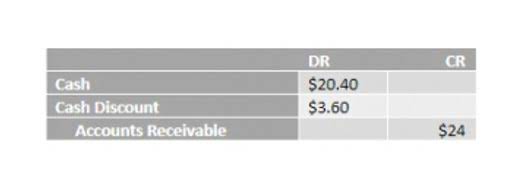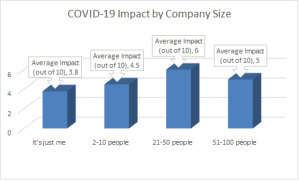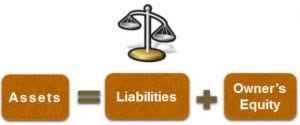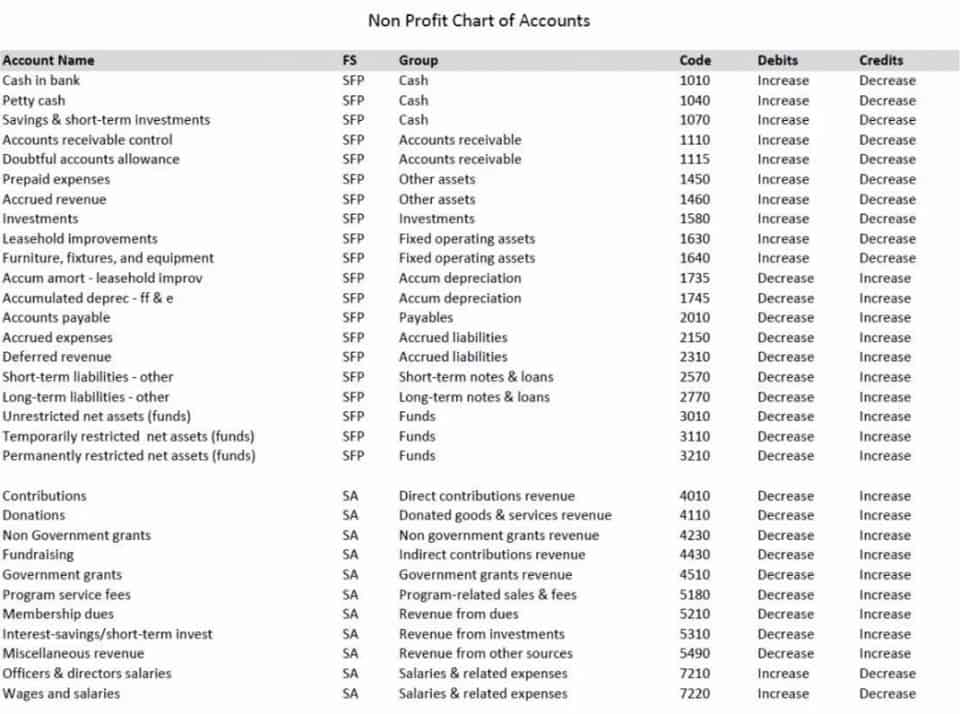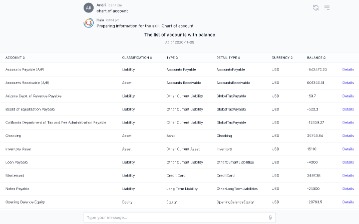Depending on your state’s laws, you may be able to combine the 2 laws. A more efficient and hassle-free solution would be using paid time off tracking software to automate the entire process. In other words, you wouldn’t need to manually update time off allowances, or even handle individual PTO requests for that matter.
Are employees paid for unused vacation days when they quit a job?
Though some states don’t require employees to use their PTO by the end of the year, some have a use it or lose it policy that states otherwise. Our PTO survey found that 60% of employees had leftover paid time off at the end of the year. While not always required, paid time off (PTO) is a benefit that can be instrumental in attracting and retaining employees. In fact, our PTO survey found that 29% of people would turn down a job immediately if they weren’t offered any PTO. And if your business has employees in different states, check out the laws in each state where an employee resides.
Vacation payout or “PTO payout” is a payment that employees receive for unused vacation time. Employees might receive vacation payouts for unused days after the end of a calendar year or upon the termination of their contract. Like paid time off policies and severance pay policies, employers define vacation payout policies in an employee’s compensation agreement. 20 U.S. states legally require employers to pay employees the value of their unused PTO at the end of employment. Other states don’t have specific laws that mandate payout of unused vacation days or sick time.
This usually happens when an employee leaves their company, though sometimes companies cash out unused PTO at year’s end, or under other circumstances. Are you an employer looking for a user-friendly solution to keep track of your employees’ vacation time and work hours? As a trusted time tracking platform, Clockify allows you to effortlessly monitor and calculate billable hours and vacation time. With Clockify, you can save time, enhance efficiency, and stay compliant with PTO payout laws. However, despite the lack of laws requiring them to pay employees for time not worked, most employers choose to offer paid time off to their employees to boost morale and increase employee productivity.
What is PTO?
Employers can require employees to use vacation time by a certain date as long as they give them a reasonable amount of time. Your business’s policies—and your state’s laws—contribute to what an employee can do with their accrued PTO. This guide explains how to calculate PTO accruals for hourly and salary employees, with easy-to-use formulas.
Louisiana PTO laws
For example, employers may require employees to provide advance notice regarding when they will take their paid vacation. Or they may prohibit employees from using paid vacation during a busy time of the year. There may be a waiting period of several months to use a paid vacation or restrictions about how much vacation you can use at once. These restrictions are usually set forth in an employment handbook or contract. Some employers combine vacation time with personal days and sick time to provide a total number of days of paid time off (PTO) from work.
As with paid time off laws, and paid sick leave laws, the laws governing vacation payout vary from state to state. Wyoming does guide to filing taxes as head of household not require employers to pay employees for accrued time off. Employers must pay terminated employees for accrued vacation time if they do not have a written forfeiture policy in place that has been acknowledged by the employee.
However, the state says that employers must pay accrued vacation pay if the employee has worked there for at least one year. According to Oregon’s website, you may need to include accrued vacation time in an employee’s final wages depending on your policy. When an employee is terminated, their employer must pay them for earned and unused vacation time. Employers who offer paid vacation time cannot establish use-it-or-lose-it policies. However, they can set a cap that limits how much an employee can accrue. PTO payout is when an employer cashes out the value of an employee’s accrued-but-unused paid time off (PTO).
You might earn a paid vacation day each month that rationalizing fraud you work for a particular company. Or you may accrue a set amount of paid vacation for the first five years with an employer, and then you may be able to accrue more. This cap might require you to use some of the vacation time before accruing any more paid vacation time.
What is a use-it-or-lose-it PTO policy?
- Offering PTO also requires you to craft a PTO policy that explains how your business treats accrued PTO.
- In addition to adhering to state laws, make sure your business policy on PTO payout is clearly outlined.
- In addition, if you do receive paid vacation, you may be able to negotiate extra time off, on an unpaid basis, if your employer is flexible.
- Most of the states that require payment for unused paid time off have laws that only apply to earned vacation time.
- And employers who offer PTO conversion programs give their employees the option to convert accrued-but-unused PTO into cash, retirement savings, student loan payments, and more, whenever you need or want it.
By contrast, you may allow your employees to roll time over to the next year up to a specific number of hours. Some companies provide vacation leave or PTO that accrues on a monthly basis or is based on a certain number of hours worked. For example, employees may receive one day per month or eight hours of leave that they can take off for any reason. Generally, employees must decide about their accrued time off at the end of the calendar year. Employee termination is another time when PTO accrual comes into play.
California’s accrued time law applies to vacation time or vacation time that is combined with sick time under a PTO policy. Keep in mind that states with mandatory paid sick leave laws decide how employers must calculate accruals. When an employer voluntarily chooses to offer paid time off to employees, they typically determine how time is accrued. Even when a state doesn’t require PTO payout at separation, the wording of a PTO policy or employment contract could be found to mean that earned PTO is a form of wages. Depending on the company’s policy and state regulations, the employer may give a PTO payout to an employee for their unused paid time off upon termination.
Stay up to date on the latest payroll tips and training
Technically speaking, the IRS considers vacation payout to be a form of supplemental wage. Other types of supplemental pay include overtime pay, bonuses, commissions, severance pay, and reported tips. In this case, the employee could be provided with a week for every year of service, up to a maximum number of weeks. If vacation leave is based on years of service, the employee is usually eligible to take it after they have worked for a year.









